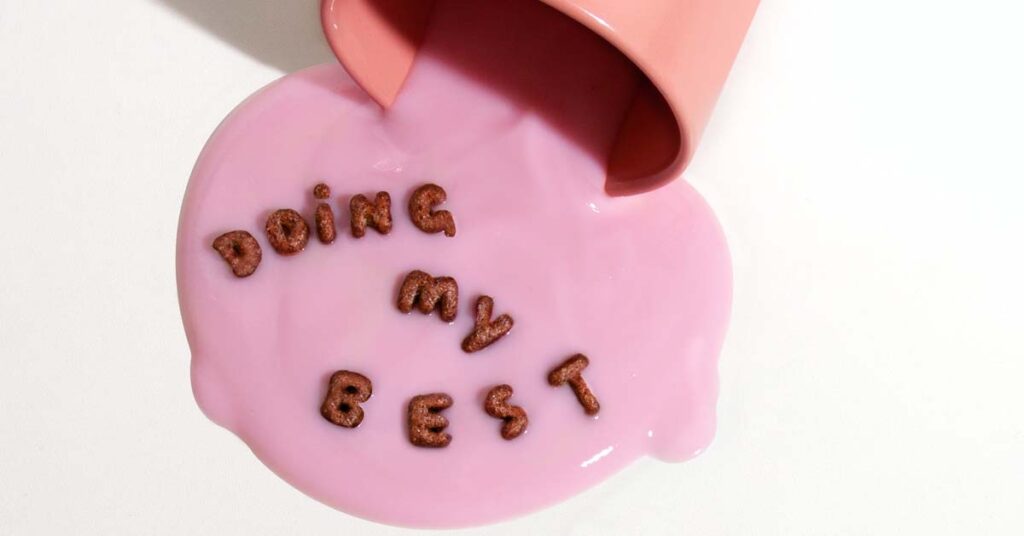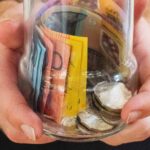Some things are worth going into debt for. Others, not so much. And if you’re not careful, too much of the latter can leave you in a big financial mess.
That’s why it’s important to understand the difference between ‘good’ and ‘bad’ debt.
What’s good debt?
While it might sound strange, not all debt is considered bad. That’s because it usually takes money to make money. So if you are borrowing money to pay for things that can help you build wealth or increase your income in the future, the debt is generally considered ‘good’.
Great examples of good debt include:
Home loans
Whether it’s a home to live in or an investment property, your mortgage is helping you buy into an asset class that has historically increased in value over the long term. What’s more, every repayment you make on your loan creates equity in your home. (Equity is the difference between the current value of your home and how much you owe on it – and is itself a useful tool that can be leveraged to build further wealth.) That’s why home loans are generally regarded as good debt, especially if they’re low-rate home loans.
Student loans
Student loans are typically considered an investment in your future, as a degree can boost both your employment prospects and earning potential. HECS / HELP debt isn’t like normal debt either as it’s funded by the government. As a result, the loan is based on your ability to pay it back, it doesn’t have a time limit and you’ll be charged a token interest. No wonder it’s often called the best debt you can have.
Business loans
As the saying goes, it takes money to make money. So if you are borrowing money to pay for items that can help your business expand and grow, such as new equipment, more inventory or larger premises, it will typically be considered positive.
What’s bad debt?
While good debt generally leaves you better off in the long run, bad debt does the opposite. That’s because it’s usually used to fund things that lose value the moment you buy them, such as clothes, entertainment and other consumables.
Examples of bad debt include:
Credit cards
Putting a purchase on plastic is all too easy, especially when it’s an impulse buy. The problem is, credit cards usually come with high interest rates. So if you only pay the minimum, you’ll be falling deeper into debt for an item that won’t go up in value or generate you an income.
Payday loans
Payday loans might be short-term, but they can be an extremely expensive way to borrow money, thanks to high interest rates, late payment fees and default fees.
Buy-now-pay-later (BNPL) services
Afterpay, Zip Pay and other BNPL services are forms of debt even though they aren’t classed as credit cards or loans. That’s because you’re borrowing money to buy something – then paying back the money in instalments over time. However, the danger comes when you don’t make your repayments on time – as hefty late fees can quickly cause your debt to grow.
Keep in mind, life isn’t always black and white. So not all debt can be easily categorised as either ‘good’ or ‘bad’. Rather, the distinction can be more nuanced as it depends on your individual financial situation.
Thinking about buying a property or refinancing an existing loan? Contact Well Home Loans on 1300 899 724 for more information or click here to start the refinancing process and get your personalised borrowing scenario in less than 2 minutes!







